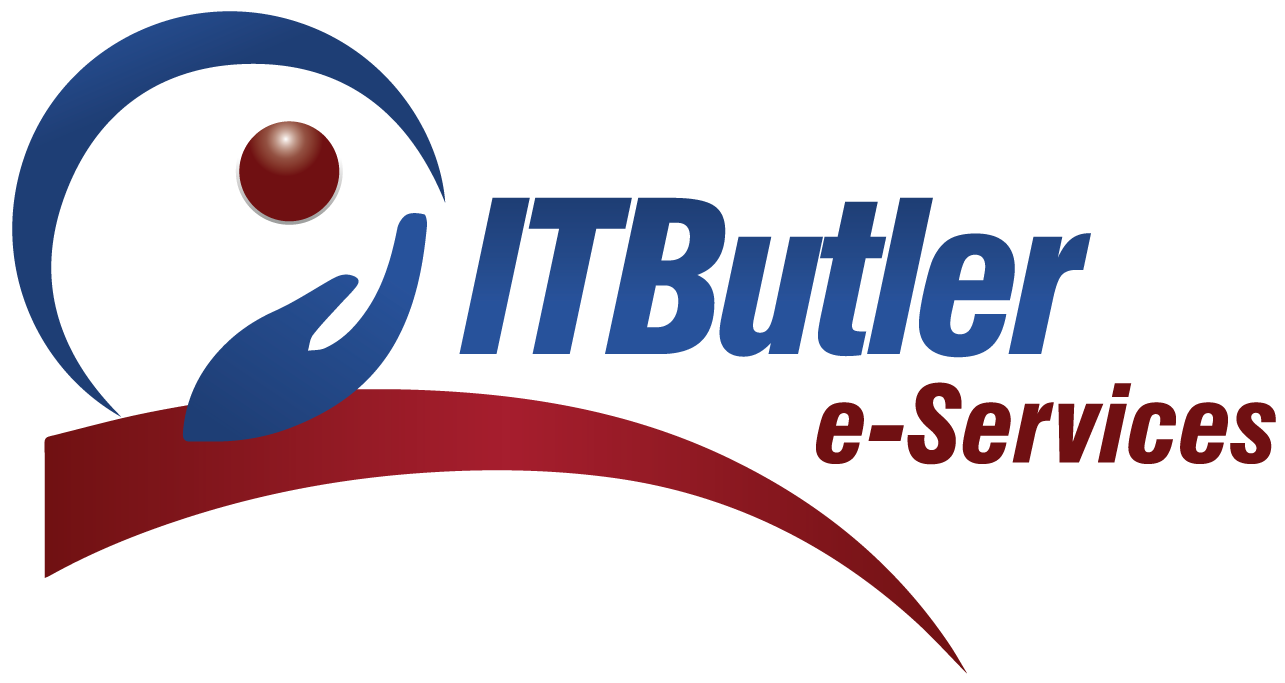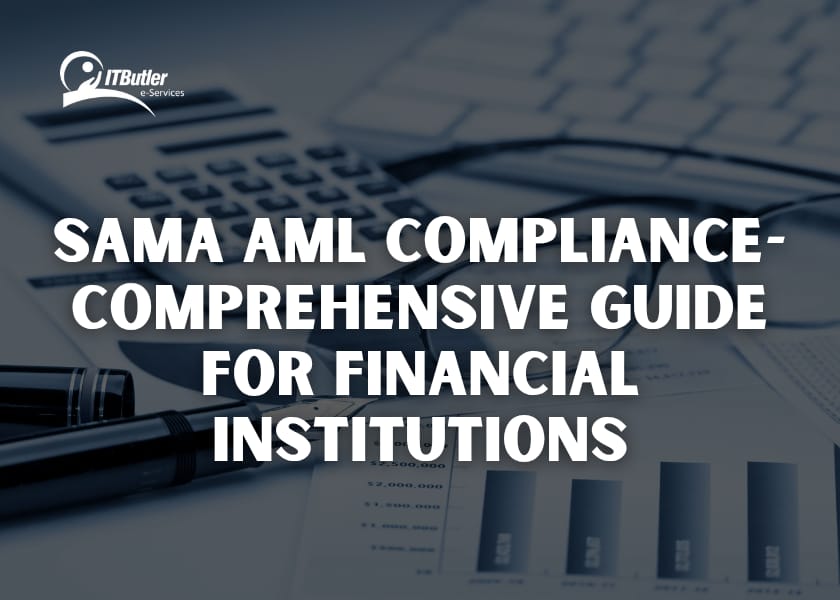Have you ever wondered how criminals disguise illegally obtained money and make it appear legitimate? However, money laundering is a global issue that fuels financial crimes, terrorism, and corruption. Financial institutions could unknowingly facilitate illicit activities without strict regulations, putting the economy and public trust at risk. In Saudi Arabia, SAMA enforces Anti-Money Laundering (AML) regulations to ensure financial transparency. Moreover, SAMA AML compliance is mandatory for banks, insurance companies, fintech firms, and money exchange businesses. Failing to meet civil penalties can lead to legal consequences, a tarnished image, legal action, and license closure.
In this blog, we will discuss SAMA AML compliance, its elements, threats, and further recommendations to enhance compliance. Moreover, how it manages financial institutions and minimises money laundering threats.
Why SAMA AML Compliance is Essential?
What is Money Laundering?
Money laundering disguises the source of money acquired through illegal means. However, most offenders have learned various elaborate ways of transferring the proceeds of their criminal activities to other accounts. Thus the difficulty of tracking the money.
There are several techniques of money laundering as mentioned below:
- Smoothing transaction: However, this involves splitting large transactions into the minimum transactions that will not attract the attention of the financial authorities.
- Shell companies: Formation of artificial companies that engage in criminal activities to launder their ill-gotten wealth.
- Trade-based laundering: Moreover, falsely inflating or deflating the value of the transactions done to conceal the transactions behind other legitimate trade.
- Casino laundering: A process that entails placing and wagering of the black money in an active casino with an intent of passing it off as legal money when it is cashed out.
- Real Estate Purchases: Lastly, use of funds for purchasing of real estate property in order to clean the money.
Stages of Money Laundering
Money laundering has three banking stages:
1. Placement: The criminal places the ill-gotten money through depositing cash, purchasing of assets or investing in business entities.
2. Layering: However, they are involved in concealing the identities as much as possible through many operations.
3. Integration: The cleaned money is circulated in the economy through legal means such as investing in property, or buying a business.
Impact of Money Laundering
The practice disrupts financial institutions and causes them to lose their money through unsuitable investments. So they end up being a threat to the economic and security fabric of nations.
- Economic instability: Economic crime hampers the growth as it increases the inflation rates, leading to unfavorable decisions.
- Customer base erodes: Moreover, conducting the business of money laundering forces the banks to lose the confidence of their customers. Therefore, they withdraw their accounts to find other institutions which may be safer.
- Legal implications: Legal suppressions and financial penalties constitute the probable legal implications of failure to comply with SAMA AML compliance.
- International market sanctions: Sometimes non-compliant banks may be barred from the operation within the international market.
Key Regulatory Bodies in Saudi Arabia
Saudi Arabia also has various agencies that call for AML compliance and these include:
- Saudi Arabian Monetary Authority (SAMA): The institution responsible for the Anti Money Laundering policies and guidelines to follow.
- Saudi Financial Intelligence Unit (SAFIU): However, this is responsible for investigating and reporting any suspicious activities that imply violation of legal requirements.
- Public Prosecution & Law Enforcement Agencies: Involved in suing people and organizations that engage in financial crimes.
Legal Framework for AML in Saudi Arabia
The Saudi Arabia’s AML covers FATF recommendations:
- AML Law 2017 illustrates the offences of money laundering and the penalties for committing such offences.
- AML Guidelines of SAMA provide recommendations that the financial institutions should follow to mitigate the risks of money laundering.
- FATF Recommendations comply with 40 recommendations of the FATF, out of the most effective means to combating the menace of money laundering.

SAMA AML Compliance Requirements for Financial Institutions
1. Know Your Customer Policies
The primary function of KYC is to ensure that customers are legitimate and to determine possible risks.
- Customer Due Diligence (CDD): However, this calls for identification of customers, their financial records, and source of funds among other information.
- Enhanced Due Diligence (EDD): Financial institutions consider politically exposed persons higher-risk customers, requiring additional checks and surveillance.
- Ongoing KYC reviews: Moreover, customers’ status in the program changes over time. Thus, financial institutions must frequently review account records to detect new risky profiles among customers.
2. Transaction Monitoring & Suspicious Activity Reporting
The banking institutions are under legal obligation to report or monitor any suspicious activities in the transactions that take place.
- Automated Transaction Monitoring: Computer programs monitor regular transactions and set alarms once the detected transactions deviate from this norm.
- Red Flags for Suspicious Transactions:
- Extraordinarily and especially large amount of money deposited and not explained.
- Moreover, frequent international wire transfers to high-risk jurisdictions.
- Some customers have more than one bank account and they fail to justify the reason behind doing so.
- Reporting to SAFIU: Hence, this means that all suspicion-related activities must be reported to the Saudi Financial Intelligence Unit (SAFIU) for further actions.
3. Record-Keeping & Documentation
It is thus essential for financial institutions to keep records and other documents to conduct AML investigations.
- Customer identification details: However, it is maintained for five years plus from the date of the closure of an account.
- Transaction records: Moreover, all high value transactions should be recorded, as well as the general log, which should be available for inspection.
4. AML Risk Assessment & Internal Controls
- Risk-Based Analysis: Any institution that desires to carry out business with customers must undertake a risk analysis to determine the level of risk.
- AML Training Programs: So it is important that the employees are trained adequately to be able to identify suspicious activities.
- Annual Audit: It is a structured examination to guarantee SAMA AML policies compliance.
Conclusion
Money laundering has constituted a threat to the financial institutions as well as the financial system of the world economy. SAMA AML compliance helps financial institutions identify, deter, and report suspicious activity.
The latter involves financial institutions employing adequate policies on identification of customers, checking on the transactions, and analyzing the risks. So the most effective AML technologies help banks avoid fines.
Therefore, SAMA’s AML regulations will also adapt to the changes in the trends of financial crimes. Therefore, keeping up to speed with the compliance standards is not merely a matter of penalty here. But, it is more so to make certain that the financial sector of Saudi Arabia remains protected and untainted.






